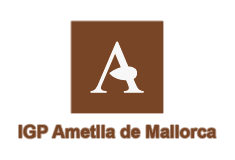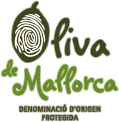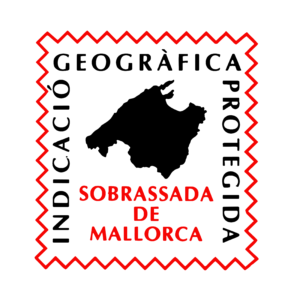Mallorcan pastries are an essential part of the island’s gastronomy, characterized by a rich variety of flavors, textures and traditional techniques that have been perfected over time. This pastry is distinguished by its use of local and fresh ingredients, which give authenticity and a unique character to each sweet.
01
02
03
History
Origin
Places
04
05
06
Stories
Products
Related
The Arab domination of Mallorca, which began in 902 and lasted until the Christian conquest in 1229, left an indelible mark on the island’s gastronomy. During this period, the Arabs introduced ingredients and culinary techniques that transformed the local cuisine.
The Jewish presence in Mallorca also played a crucial role in the evolution of its pastries. During the Middle Ages, Mallorca’s Jewish community, known as the “xuetes”, developed and perfected many recipes that are still part of the island’s culinary heritage today.
The fusion of Arab and Jewish influences in Mallorcan pastries has created a unique and varied culinary tradition. Today, these sweets are not only enjoyed in Mallorca, but are also appreciated for their historical and cultural richness. The preservation of these recipes and techniques is a testimony to the cultural mix that has shaped the island’s identity.
Rosarios ensucrats are a curious and delicious Mallorcan pastry tradition, especially associated with religious festivities on the island. These sweets, known for their rosary shape and sugar coating, are an endearing part of All Saints’ Day celebrations and other religious festivities.
The origin of the ensucrats rosaries goes back to ancient religious and popular traditions of Mallorca. These sweets were made to commemorate All Saints’ Day and All Souls’ Day, when families remembered their deceased loved ones. The rosarios ensucrats were a sweet way to teach children the prayers of the rosary, combining religious devotion with the gratification of a sweet.
The ensucrats rosaries are made with a simple dough, generally made of flour, water and sugar. The dough is molded into small balls, which are threaded onto a string to form the rosary. The balls are usually of different colors, adding a festive and attractive appearance to the candy. Once formed, they are covered with a generous layer of powdered sugar, which gives them their characteristic white and sugary appearance.
During the holidays, ensucrats rosaries are hung in homes and offered as gifts to children, who enjoy unraveling the rosary and eating the little balls one by one. This tradition not only has a playful and festive aspect, but also serves as an educational tool to teach children about religious traditions and the importance of remembering deceased loved ones.
Today, although the practice of making rosarios ensucrats at home has declined, many pastry chefs and confectioners in Mallorca continue to make them, keeping the tradition alive. Rosarios ensucrats can be found in local bakeries during the All Saints season, and their popularity remains high among both residents and tourists visiting the island.
Get to know the daily life of Mallorcan producers
If you like
, you’ll love these products
Sign up for our newsletter and every month you will receive the most fascinating and surprising stories about the traditions of Mallorca, directly from the voice of our producers. Discover the unique and personal experiences that make each product a story.
Get to know the daily life of Mallorcan producers
Get to know the daily life of Mallorcan producers

The place for local products from Mallorca
Palma de Mallorca
sales@mallorcamade.com
+34 658907615
Mallorca Made is the meeting point between the cultural richness of Mallorca and the international community. Mallorca Made offers international customers not only a place to explore the rich variety of products this island has to offer, but also an account of the history and stories behind each creation.
We pride ourselves on being catalysts of local commerce, promoters of the authenticity and tradition of Mallorca, taking its essence beyond the sea that surrounds us.
Discover, connect and celebrate with us the unique identity of our island.








© 2024 Amara, ingeniería de marketing | All rights reserved | Digital strategy: Amara, ingeniería de marketing